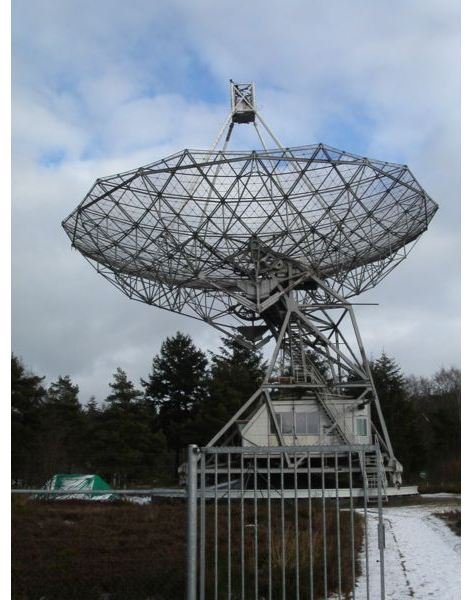How Does a Radio Telescope Work? Understanding the Most Important Tool to Radio Astronomers
Breakthroughs at Bell Labs
Radio astronomy today owes a debt to two huge breakthroughs in the past. In 1931 a Bell Labs engineer named Karl Jansky was handed the job of detecting the source of radio static that was interfering with shortwave communications. Jansky used a rotating directional antenna and discovered that the source of static was coming just one place in the sky: the center of the Milky Way galaxy. Then in 1965 other Bell Labs engineers and physicists were able to detect the source of interference in radio communications by discovering that the problem stemmed from background cosmic radiation
The Evolution of Radio Astronomy
The years after World War II were a hotbed for scientific discoveries related to radio astronomy. The reason behind the explosion of new scientific knowledge related to radio had to do with the amount of technological study of radio itself as a means to win the war. In fact, the very first radio telescope ever designed was called the Wurzbeg antennae and it was invented by the Germans at the height of World War II. Although the Wurzberg antenna was enormous for its time and in relation to standard antenna, it would pale in comparison to the largest radio telescopes around today.The radio telescope in Arecibo, Puerto Rico measures 1,000 feet in diameter whereas the Wurzberg was only about 24 feet in diameter.
How Radio Telescopes Work
A radio telescope is almost immediately recognizable as a result of its massive parabolic shaped dish made from metal. The dish essentially acts not much different than a standard mirror. Radio telescopes work by gathering electromagnetic radiation that consists of longer wavelengths than the light that is captured in a standard telescope. It is because of the length of the waves that radio telescopes are so incredibly massive.
The angular resolution of the telescope is proportional to the wavelength that it gathers and in the case of radio telescopes the resolution is actually not as good as that for a regular optical telescope. The radio telescope makes up for this because the angular resolution is inversely proportional to the aperture. This means that the angular resolution of a radio telescope can be improved by increasing the diameter of the aperture.
Astronomers using radio telescopes have discovered a nifty little trick to increase the aperature: they point two identical telescopes in the same exact direction while situating them hundreds of feet to many miles apart from each other. The result is that the two telescopes working in tandem have the same angular resolution as much, much larger telescope.
Image: Bryon Tong Minh, Wikimedia Commons
Tandem Radio Telescopes
When at least two radio telescopes are working in tandem like this, the setup is given the name radio interferometer. The distance that can be measured between the two telescopes farthest apart is known as the baseline. This baseline essentially acts to correspond the angular resolution to the aperature of the telescope. If astronomers want to increase resolution even more they will combine radio telescopes from around the globe. This is a technique known as very long baseline interferometry. The radio telescopes work together to scan objects in order to create an image electronically, usually utilizing different colors as representations of different intensities.
